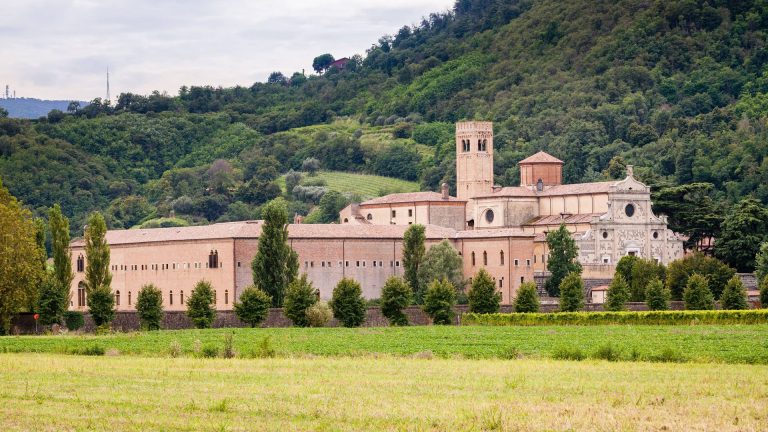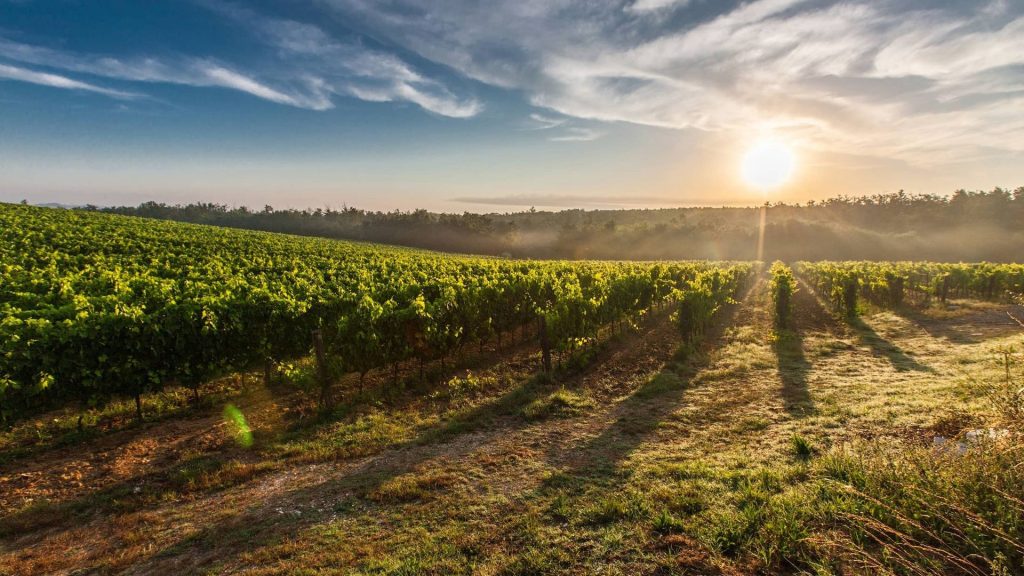Discover
The Euganean Spas

Abano Terme
what to see?
Abano Terme, considered the most important and ancient spa center in Europe, is located at the foot of the beautiful Euganean Hills.
This city has been known since the 6th century B.C. and, as evidenced by excavations and the many finds preserved in the archaeological museums of Padua and Este, the ancient center was located in the territory of the present-day municipality of Montegrotto Terme.
The great importance of Abano Terme in antiquity is, moreover, documented by quotations from numerous Latin writers, including Pliny the Elder, Martial, Titus Livy, Suetonius, Cassodorus and Claudianus.
Abano Terme is divided into a historical and a tourist center.
The former is characterized by the Cathedral of San Lorenzo, which preserves several valuable works of art, and by numerous patrician villas.
In Monteortone, moreover, stands at the foot of the hill of the same name the Sanctuary of the Blessed Virgin of Health.
In the tourist part, on the other hand, there is the Montirone Picture Gallery, within which it is possible to admire the Bassi Collection with works by artists of the Venetian 18th century.
Abano Terme is the ideal place for an unforgettable vacation and is also called a “garden city” due to the presence of parks, wide boulevards, flower beds and squares, which invite locals and tourists alike to indulge in a relaxing stroll among historic buildings, exclusive stores, bars and ice cream parlors.
Symbolizing Abano’s true wealth, namely thermal water, are the numerous fountains that enrich the squares and the pedestrian zone itself.
Food Wine and Culture
In the footsteps of history

In the footsteps of history
Tradition and Territory
Abano Terme is the ideal starting point to visit famous cities of art such as the fascinating Verona, Vicenza, the city of Palladio, Padua and the romantic Venice, as well as the marvellous Villas of the Brenta, among which we recommend the Villa Pisani in Strà, built in the 18th century on commission of the rich and prestigious Venetian Pisani family, who owned many properties in the area, the Villa Widmann in Mira, built at the end of the 18th century by the Sherimanns, noblemen of Persian origin who were dedicated to commerce, the Villa Gradenigo at Oriago di Mira, one of the oldest on the Riviera, the splendid Villa Barchessa Valmarana, the Villa Foscari La Malcontenta, built by Palladio in 1559 for the brothers Niccolò and Alvise Foscari and declared a UNESCO World Heritage Site, and the Villa Giovanelli at Noventa Padovana, built at the end of the 17th century by the Giovanelli family.
Given its artistic and cultural importance, Arquà Petrarca is also worth a visit, where time seems to have stood still to preserve all the magic of the Middle Ages: this small town is home to Petrarca’s house with personal objects and memorabilia that recount the existence of the poet from Arezzo. Then there is Este, whose urban centre is rich in artistic and architectural evidence. Montagnana, the city of towers, and Monselice, which due to its strategic position welcomed the styles and cultures of civilisations from different eras.
Also not to be missed are the Barbarigo-Pizzoni Ardemani garden in Valsanzibio, one of the most important and refined examples of Italian gardens, the Catajo Castle, which rises majestically on the road from Padua to Battaglia Terme, and the Praglia Abbey, from which one can enjoy a beautiful view of the Euganean Hills.
In the footsteps of history
Euganean food and wine
The food and wine tradition of the Euganean Hills is characterised by its genuineness and authenticity. The origins of the local cuisine are closely linked to the peasant culture. It manifests itself above all in the excellent sausages, delicious soups, homemade pasta and tasty grilled meats. With the arrival of spring, then, the Euganean Hills offer a great variety of wild herbs, which are used in the regional gastronomy.
Strictly autochthonous products and flagships of the area are honey, prepared by beekeepers of the Euganean Hills using the techniques of the past, oil, deriving from four centuries-old crops in the area – Rasara, Marzemina, Rondella and Matosso – and Montagnana Dop prosciutto crudo, whose protection is guaranteed by the Consorzio del Prosciutto Veneto Berico-Euganeo, based in Montagnana.
The Euganean Hills also offer a varied production of wines. In particular, the Strada del Vino dei Colli Euganei brings together more than 40 wine cellars with the possibility of taking guided tours of the vineyards and participating in magnificent tastings. The Consorzio Vini Doc Colli Euganei (Consortium of Doc Colli Euganei Wines) carries out promotional and supervisory activities to ensure that consumers have wines on their tables that offer all the physical and organoleptic characteristics that only this territory can provide.